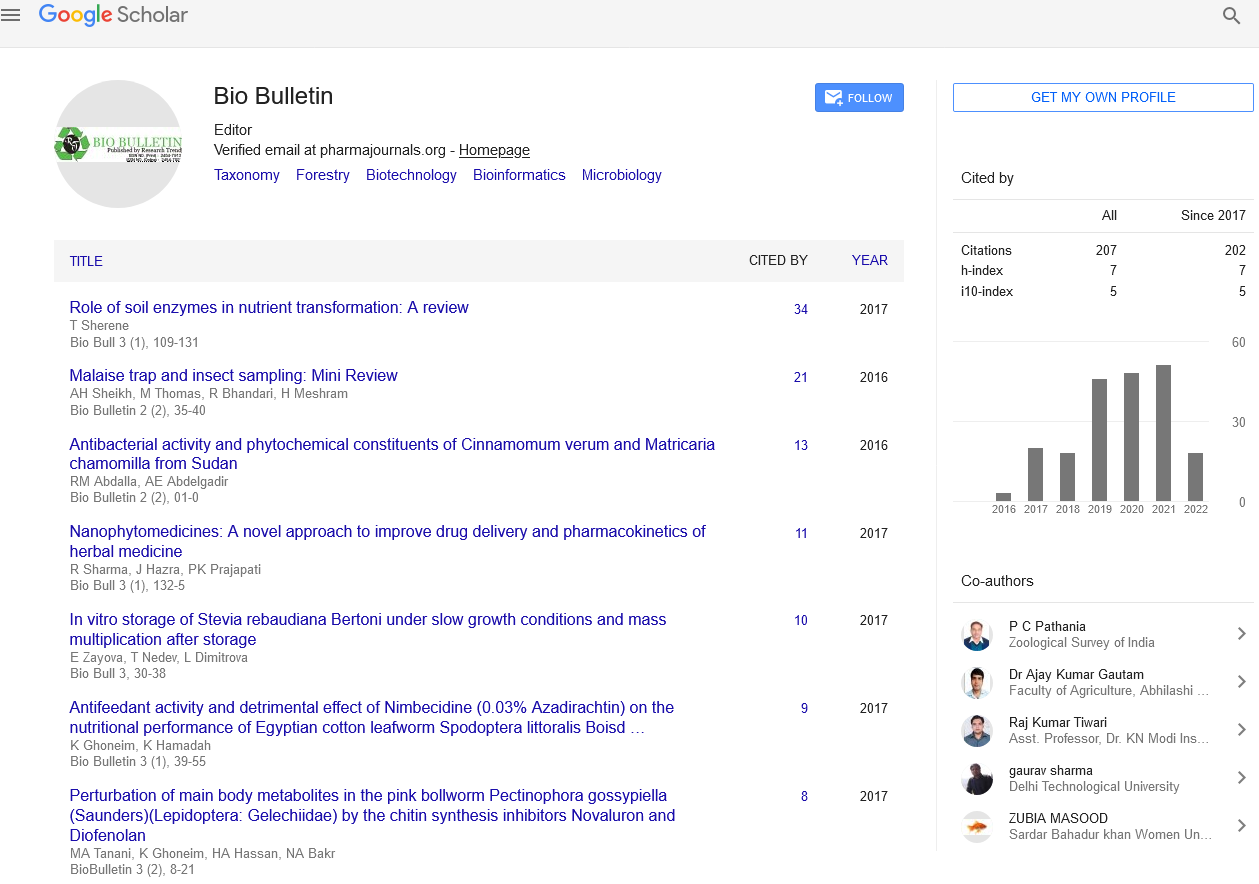An Overview of Allogeneic Stem Cell Transplant (Allotransplantation)
Commentary - (2022) Volume 8, Issue 4
Description
A process when a patient obtains healthy blood- forming cells (stem cells) from a donor to replace their own stem cells that have been lost due to radiation or high-dose chemotherapy treatment. The healthy stem cells used in an allogeneic stem cell transplant may come from the blood or bone marrow of a related donor who is not the patient's identical twin or from an unrelated donor who shares the patient's genetic character. Treatment of various blood or immune system diseases, as well as blood malignancies such as leukaemia and lymphoma, are the most common indications for an allogeneic stem cell transplant. Healthy stem cells are removed during an allogeneic transplant and given to another person. The patient's malignant cells are replaced by the stem cells as they develop and mature into new, healthy stem cells. The fresh cells are obtained from donated umbilical cord blood or from a donor. If a donor provided them, their stem cells were extracted and given to the recipient of the transplant.
Prior to transplant, the patient will undergo chemo or radiation therapy regimen. This treatment either eradicates the cancerous cells or prevents the immune system from functioning normally. The circulation is then infused with fresh stem cells through duct. The procedure is similar to that of a blood transfusion. A donor's blood, the bone marrow in their hipbone, or the blood from a donated umbilical cord can all be used to harvest the blood stem cells for an allogeneic stem cell transplant. An allogeneic stem cell transplant may be an option for people with variety of cancerous and non-cancerous diseases, including: acute leukaemia, adrenal leukodystrophy, aplastic anaemia, bone marrow failure syndromes, chronic leukaemia, hemoglobinopathies, Hodgkin's lymphoma, immune deficiencies, inborn errors of metabolism, multiple myeloma, myelodysplastic syndromes, neuroblastoma, non-lymphoma, Hodgkin's plasma cell disorders, POEMS syndrome, and primary amyloidosis. Undergoing an allogeneic stem cell transplant involves the following phases.
Underwent high doses of cancer treatment (conditioning)-The patient will receive heavy doses of chemotherapy or radiation therapy during the conditioning process to eradicate cancer cells. Patient’s illness and unique circumstances will determine the course of treatment. The conditioning process's cancer treatments run the danger of having negative side effects. Discuss the expected outcomes of the treatment with doctor. Receiving an infusion of stem cells-The patient’s blood will be infused with donor stem cells, which will then move to their bone marrow and start the process of producing new blood cells. Remaining under close medical care-The patient’s medical team will closely observe for any signs and symptoms after the transplant. The patient might stay there or in the neighbourhood for a few weeks. Blood tests and consultations to check on progress after the transplant should be expected frequently. The donor cells take time to settle in the patient’s bone marrow for a few weeks before they start to produce new cells. Blood transfusions may be necessary as the bone marrow heals.
Conclusion
One difficulty with allogeneic transplantation is that the patient's body could reject the donor stem cells before they can engraft in the bone marrow, even with immunosuppressive therapy. Immune cells from the patient may mistake the donor's cells for alien objects and kill them. Another issue with allogeneic transplantation is the risk of the immune system of the donor (the graft) attacking the patient's healthy cells (the host). Graft Versus Host Disease (GVHD) is the medical term for this. The skin, intestines, liver, muscles, joints, and eyes are the body organs most frequently harmed by GVHD. Mild, moderate, or severe GVHD are all possible. Although GVHD has treatments, it can be fatal in certain patients and may not respond to them. Allogeneic stem cell transplantation for elderly or otherwise ill patients is not very prevalent. This is due to the fact that such patients, especially those with poorly functioning internal organs, typically do not tolerate the pretransplant preconditioning therapy adequately. For certain elder or more ill patients, however, reducedintensity allogeneic stem cell transplantation may be the best course of treatment.
Author Info
Jun Zhu*Citation: Zhu J (2022) An Overview of Allogeneic Stem Cell Transplant (Allotransplantation). Bio Bulletin, 8(4): 03-04.
Received: 15-Nov-2022, Manuscript No. BIOBULLETIN-22-84159; , Pre QC No. BIOBULLETIN-22-84159; Editor assigned: 18-Nov-2022, Pre QC No. BIOBULLETIN-22-84159; Reviewed: 02-Dec-2022, QC No. BIOBULLETIN-22-84159; Revised: 09-Dec-2022, Manuscript No. BIOBULLETIN-22-84159; Published: 16-Dec-2022, DOI: 10.35248/2454-7913.22.8.104
Copyright: This is an open access article distributed under the terms of the Creative Commons Attribution License, which permits unrestricted use, distribution, and reproduction in any medium, provided the original work is properly cited.

